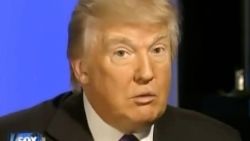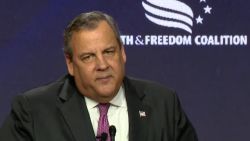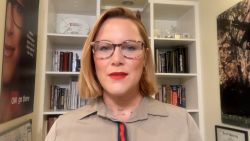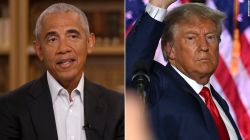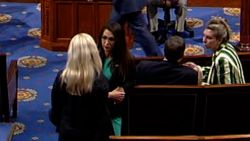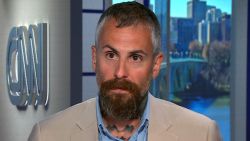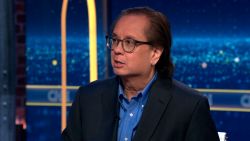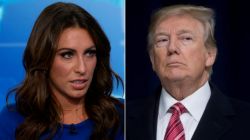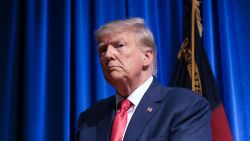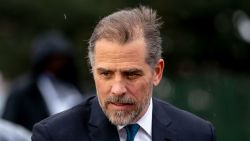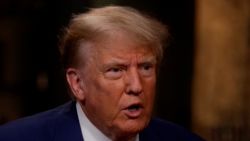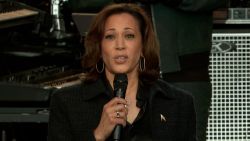Years before he said he was running for president to “defeat the cult of gender ideology,” Donald Trump welcomed and praised the inclusion of transgender women in the Miss Universe pageant.
In since unreported radio and television interviews from spring and summer 2012, Trump celebrated the interest in a 23-year-old transgender woman named Jenna Talackova participating in a Canadian pageant. He then later effusively praised the winner of the Miss USA pageant, Olivia Culpo, for saying that transgender women should be allowed to compete.

Trump, then the owner of the Miss Universe pageant, would go on to cite the possible participation of transgender women in Olympic sports to justify his decision to end a ban on transgender pageant participants.
But a decade later, as he geared up to run for a second White House term, Trump promised to “ban men from participating in women’s sports,” when speaking about transgender athletes – a reflection of how restricting trans rights has become a powerful talking point among conservatives and a potential a litmus test for Republican candidates.
Since launching his 2024 campaign Trump has also referred to gender-affirming surgery for minors as “child sexual mutilation,” said he’d seek to make such surgeries illegal if he returned to the White House, said he’d sign executive orders instructing federal agencies not to promote transitioning at any age, and ask Congress to pass a bill requiring the government to only recognize only genders assigned at birth.
That’s a departure from how he approached the inclusion of transgender people in society more than a decade ago.
For example, at the Miss USA pageant in June 2012, Culpo said she welcomed the participation of transgender women in the competition – a comment that Trump supported.
“I do think that that would be fair, but I can understand that people would be a little apprehensive to take that road because there is a tradition of natural-born women,” Culpo said when asked if transgender participants should be allowed. “But today where there are so many surgeries and so many people out there who have a need to change for a happier life, I do accept that because I believe it’s a free country.”
That seemed to go over well with Trump.

“She gave a great answer, a very tough question – on transgender – just the question everybody wants to hear, and she gave a great answer and she really did a great job,” Trump said praising Culpo on Fox and Friends in June 2012.
“It was a very cool answer,” added Trump. “Great, [she] gave a great answer.”
“Her answer was a very intelligent answer and that’s one of the reasons I assume the judges picked her,” Trump said in another June interview on Fox and Friends.
In 2012, Talackova was allowed to compete after threatening legal action over the Miss Universe organization ban on transgender contestants, which had come under scrutiny.
Trump claimed to CNN at the time he personally made the decision to end the ban before even knowing about the legal threats from Talackova’s attorney, Gloria Allred.
A statement released by the Trump Organization at the time said the change was to modernize the pageant.
“Pageant rules have been modernized to ensure this type of issue does not occur again,” read the statement, issued on Trump’s behalf by his then-attorney Michael Cohen.
Cohen told CNN on Thursday the decision was made to follow Olympic guidelines on transgender athletes. At the time, the Olympics allowed the participation of transgender athletes who had sex reassignment surgery and two years of hormone therapy.
In an April 2012 appearance on “The Laura Ingraham Show,” Trump celebrated the buzz associated with Talackova’s entry into the pageant.
“Well it became a big, big deal up in Canada,” Trump said. “And you have the Miss Canada, which is essentially the Miss Universe. It’s the pre-Miss Universe, it’s the screening for Miss Universe – and a woman, transgender was in.”
“But there’s many, many, many contestants and they agreed to let her, based on the laws of Canada and the laws in the United States, they agreed to let her participate,” he added. “So I will say there’s, there’s great interest and if you look at it from a show business standpoint, that’s wonderful. But there is certainly great interest.”
In an interview on Fox News also in April of 2012, Trump defended his decision to let Talackova compete.
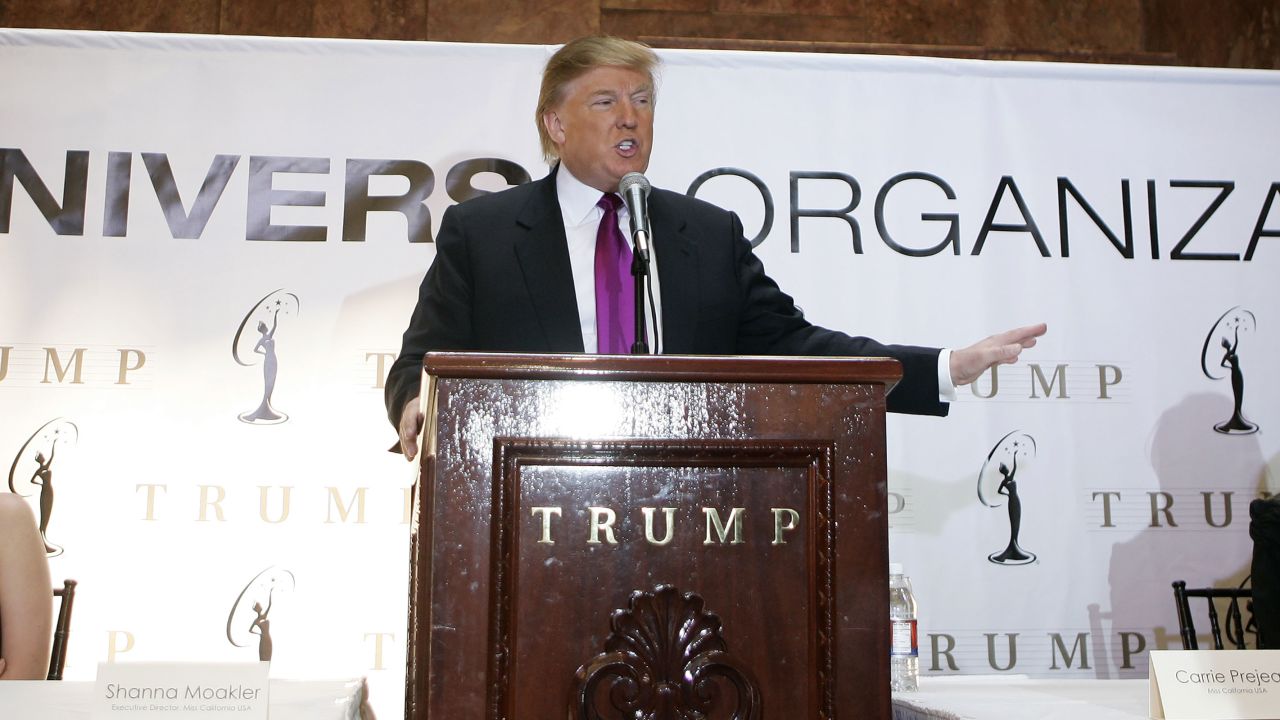
“It has become a hot subject. It is being talked about all over the world right now,” Trump said. “This is a young woman, who, according to the laws of Canada and according to the laws of the United States, is allowed to enter the pageant system.”
In the same interview, Trump cited the Olympics as part of his rationale.
“We didn’t have a rule. This is sort of new territory. We are going by at some point, the Olympic rules because the Olympics are having a very big question about this – should this be allowed,” Trump said. “I said we have 58 contestants in Canada, I said let her run and maybe she will win and if she wins, she will go to Miss Universe. And I think I made the right decision, I feel fine with the decision.”
Trump’s decision was praised by the LGBTQ advocacy organization GLAAD at the time.
“For more than two weeks, the Miss Universe Organization and Mr. Trump made it clear to GLAAD that they were open to making a policy change to include women who are transgender. We appreciate that he and his team responded swiftly and appropriately,” they said in a statement.



